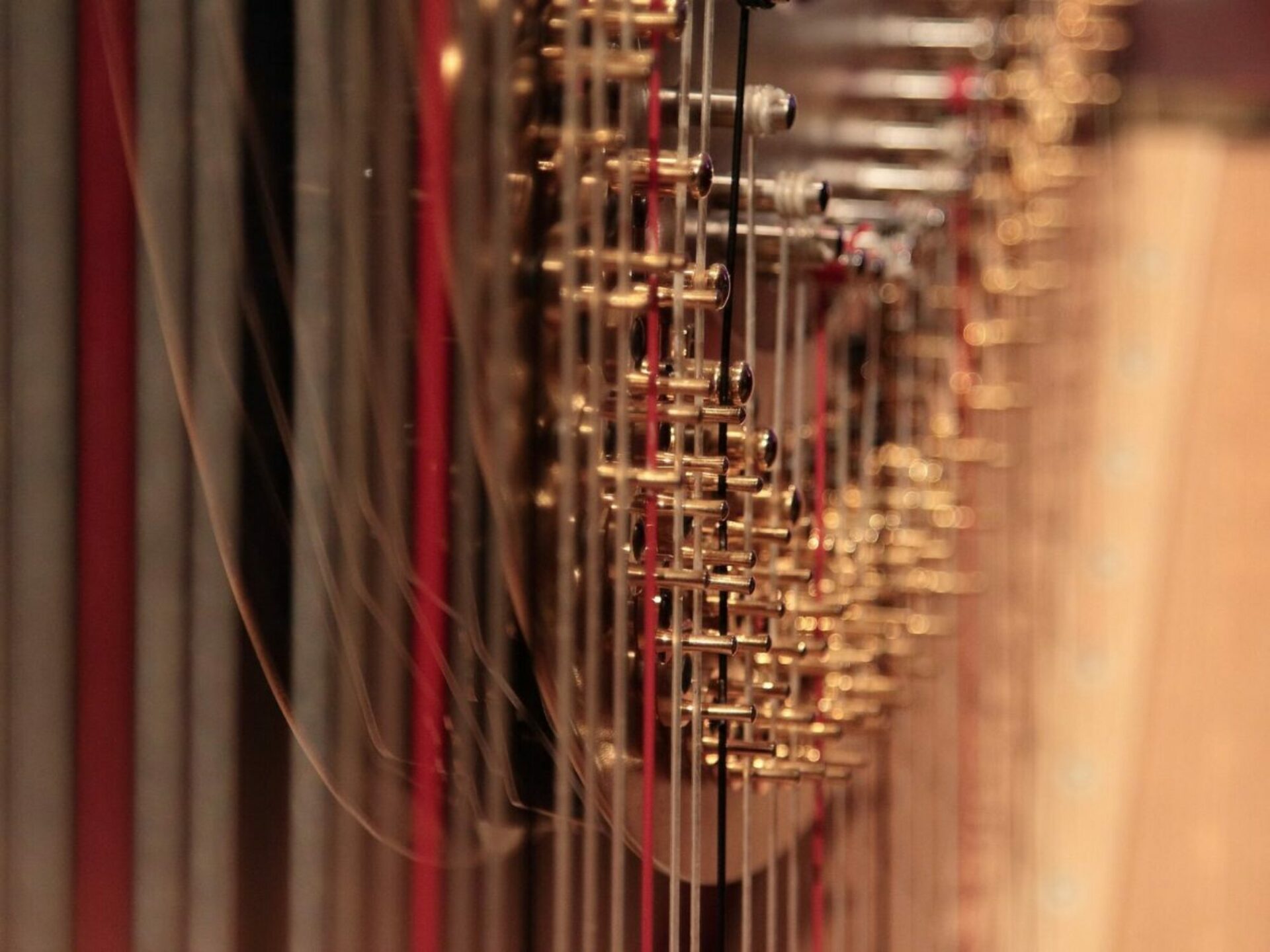The harp is a beautiful and complicated musical instrument that has existed for thousands of years. When hearing a harp, people often think of peace, calm, and relaxation. Making a harp is just as complicated as the instrument itself. It takes a lot of steps and skills to make a beautiful musical instrument that works well. In this blog, we’ll go through making a harp, from choosing the wood to putting it all together.
Wood Selection
Getting the right wood is the first step in making a harp. The wood needs to be strong, long-lasting, and flexible for making a harp. Spruce, maple, and mahogany are some of the most common types of wood used to make harps. The type of wood used depends on the size of the harp, how it sounds, and what the person who makes it likes.
Harp makers look for certain things in their wood, like straight grain, even color, and tight growth rings. The wood must also be properly dried to stay stable and not warp or crack over time.
Design and Construction
After choosing the wood, the person who makes the harps starts to design it. The size and shape of the harp, the number of strings, and the type of soundboard are all part of the design. The harp frame is made using a mix of woodworking and metalworking skills.
One of the most important parts of the harp is its soundboard. It is carefully made from a thin sheet of wood, usually spruce or cedar, to make a clear, resonant sound. The soundboard is shaped and then glued to the harp’s frame.
Stringing and Tuning
After the frame and soundboard are done, the strings are put on the harp. The strings are made of nylon or gut, and their length is carefully measured and cut. The strings are attached to the soundboard and wrapped around tuning pegs at the top of the harp.
Tuning the harp is a very important part of making a harp. The person who makes harps adjusts the tension on each string to reach the right pitch. To fine-tune the sound, the person who makes harps may also make small changes to the bridge, which holds the strings in place.
Finishing
After the strings are put on, and the harp is tuned, it’s time to finish. During finishing, a finish, like lacquer or oil, is put on the harp to protect the wood and bring out its natural beauty. The harp is then made to shine very brightly.
Final Assembly
In the last step of putting the harp together, its parts are back together. They put the soundboard and strings on the frame carefully and securely with the help of special tools and methods. So that the harp sounds balanced and harmonious, the person who makes it has to ensure that the strings are evenly spaced and have the right amount of tension.
As the harp is being put together, the person who makes it carefully checks each part to ensure it works correctly. They might have to make small changes to the bridge or soundboard or tighten the strings.
Craftsmanship in Harp-Making
Making a harp takes a lot of work and time. It would be best to have a lot of skill and craftsmanship to make a high-quality instrument. Every step is important, from choosing the right wood to tuning the strings. A skilled harp maker might work on one instrument for months or even years.
Craftsmanship is an important part of making a harp because it requires the maker to combine different materials and techniques to make a beautiful instrument that sounds good. The skill and experience of the harp maker show in the final product, which can be admired for how it sounds and looks.
A skilled harp maker will care about how well the instrument works and looks when it’s done. The harp is a complicated instrument that needs to be made with careful attention to detail at every step.
Conclusion
From choosing the wood to putting it all together, making a harp is a long process with many steps. Each step needs skill, patience, and attention to detail. The final sound and look of the harp depend a lot on how skilled and creative the person who makes it is. Making a harp that looks good and works well is a labor of love that requires dedication to being the best.


